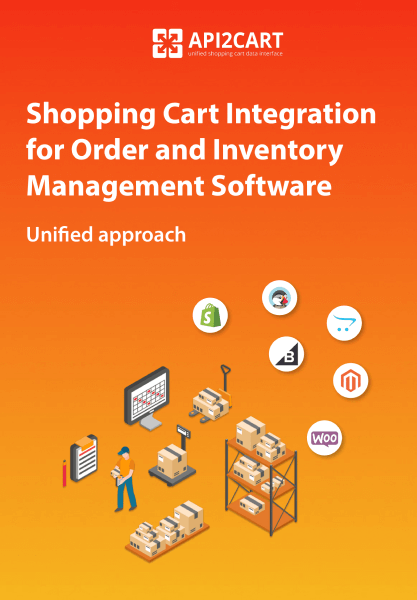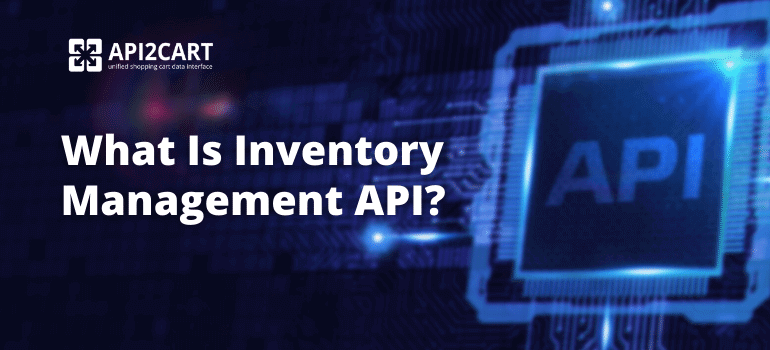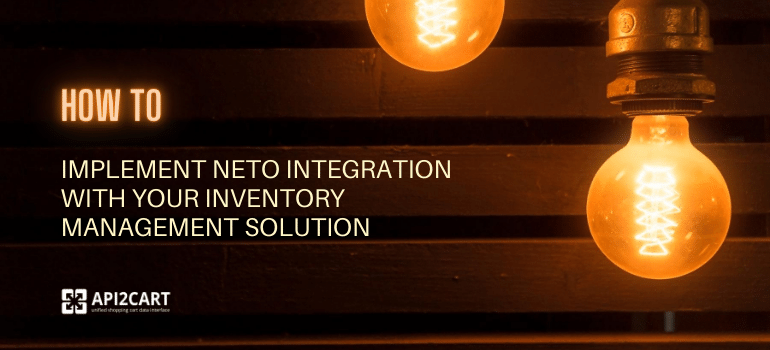
Inventory management tool becomes increasingly demanded when online trade starts to expand greatly. That is why there is a strong need to control product stock and easily update inventory levels across all the channels. So, inventory management service providers rush to lend a hand of help to desperate merchants. They notify vendors when they are out of some items and perform updates on such channels like eBay, Amazon, Google Shopping and various platforms, including Bigcommerce, Shopify, Magento, etc.
One serious challenge that occurs during establishing inventory management control is syncing data from multiple channels. To look more deeply, orders, usually, made on online stores are tracked separately from marketplaces, so it’s extremely important to follow properly which of them has been utilized by the customer. Inventory management integration with various shopping platforms will surely solve the issue as it enables service providers to gather all necessary information at once. So, what is the main way to perform integration?
Application Programming Interface is a technology that helps to access various shopping carts and get all needed information in no time. However, developing different integration API methods appears to be a monkey business and will cost you both time and money losses. Each platform has its own way of data storing, so finding a unified method to integrate with multiple solutions will help to overcome this obstacle.

Inventory Management API Integration
Explore how to develop the integration between your inventory management software and eCommerce platforms easily.
API2Cart is a strong solution that provides single API to access various shopping carts in an extremely fast and secure way. Receive a connection to such industry leaders like Magento, WooCommerce, Bigcommerce, Shopify, PrestaShop, 3dcart, OpenCart, Etsy, VirtueMart, Amazon and others. Get the ability to retrieve, update, delete, add and sync various information you need including orders, customers and products with related data.
API2Cart possesses all necessary technical qualities to provide you with seamless experience:
- Single entry point for 40+ shopping carts. One API allows you to access different platforms, overcoming limits of every specific solution.
- Flexible and scalable infrastructure. Enjoy the possibility to add an unlimited number of clients’ stores.
- Well-documented API. Both, static as interactive documentations are presented to make API2Cart a clear tool to use.
- Secure data interaction. You are provided with a unique 32-symbol API Key to access the system as well as SSL certificate is used to ensure integration security.
- Full tech support. API2Cart’s dedicated engineers and managers are always ready to answer all dizzying questions and solve the issues.
API2Cart enriches the functionality of inventory management solution and offers opportunities to:
- Easily integrate your inventory soft with 40+ shopping carts and sync products and orders with related information.
- Retrieve new products from the clients’ stores and process it within your system to perform updates at once.
- Sync orders placed from different platforms to exclude the lack of communication between channels.
- Get product count to perform inventory updates easily.
- Retrieve orders updates and notify your customers in no time.
- Easily connect to various shopping carts and sync products and orders with your inventory management solution.
If you still hesitate whether to enhance your business possibilities, dispel all doubts and integrate your inventory software with multiple shopping platforms simultaneously. Schedule a FREE Call with our expert to find out more about new and expanded opportunities provided by API2Cart.



